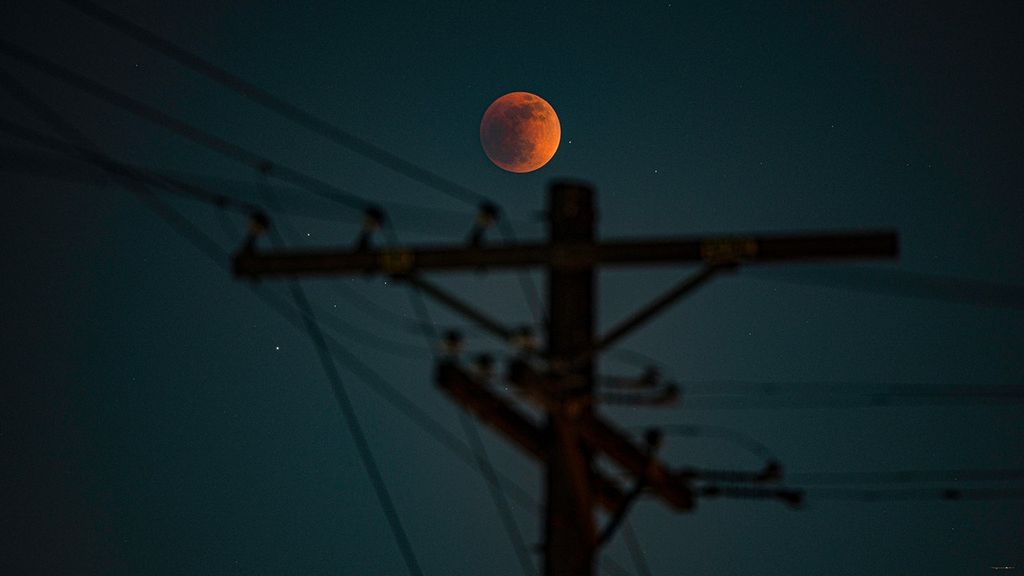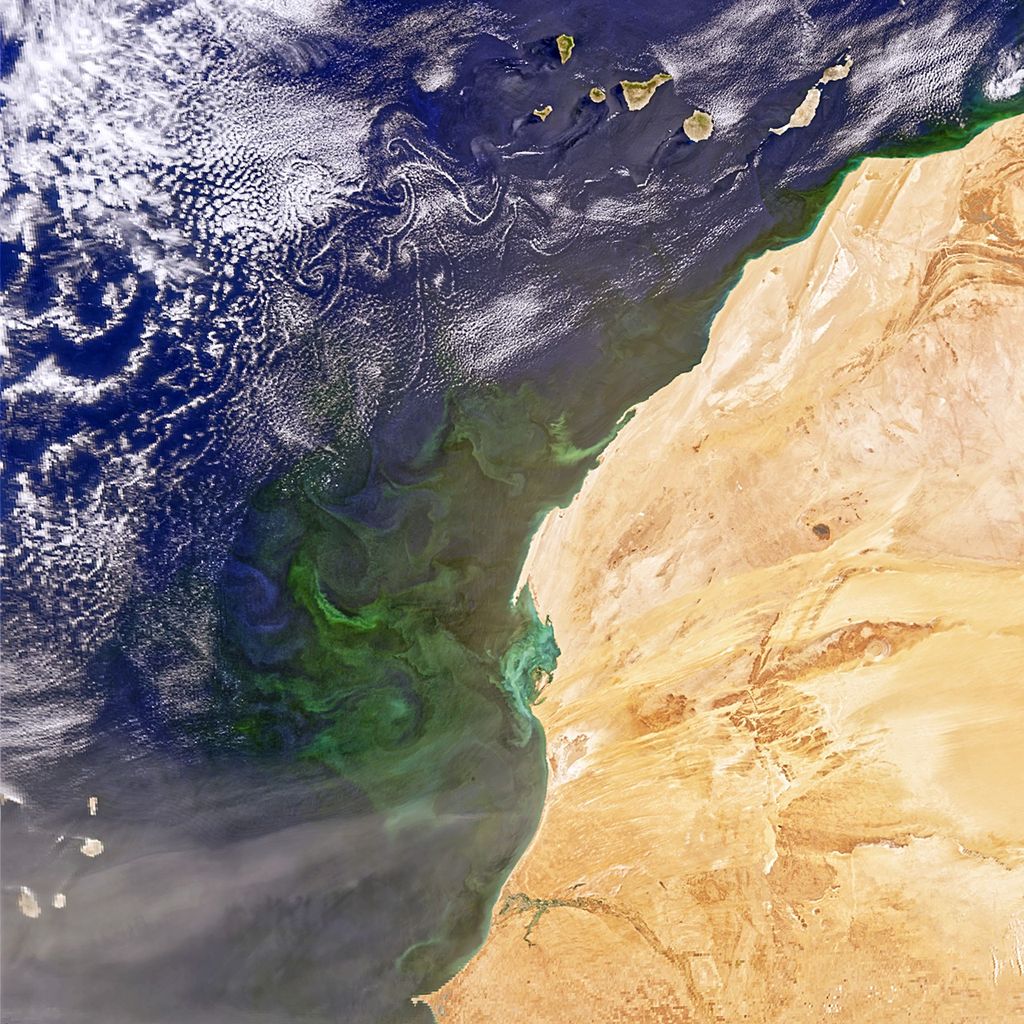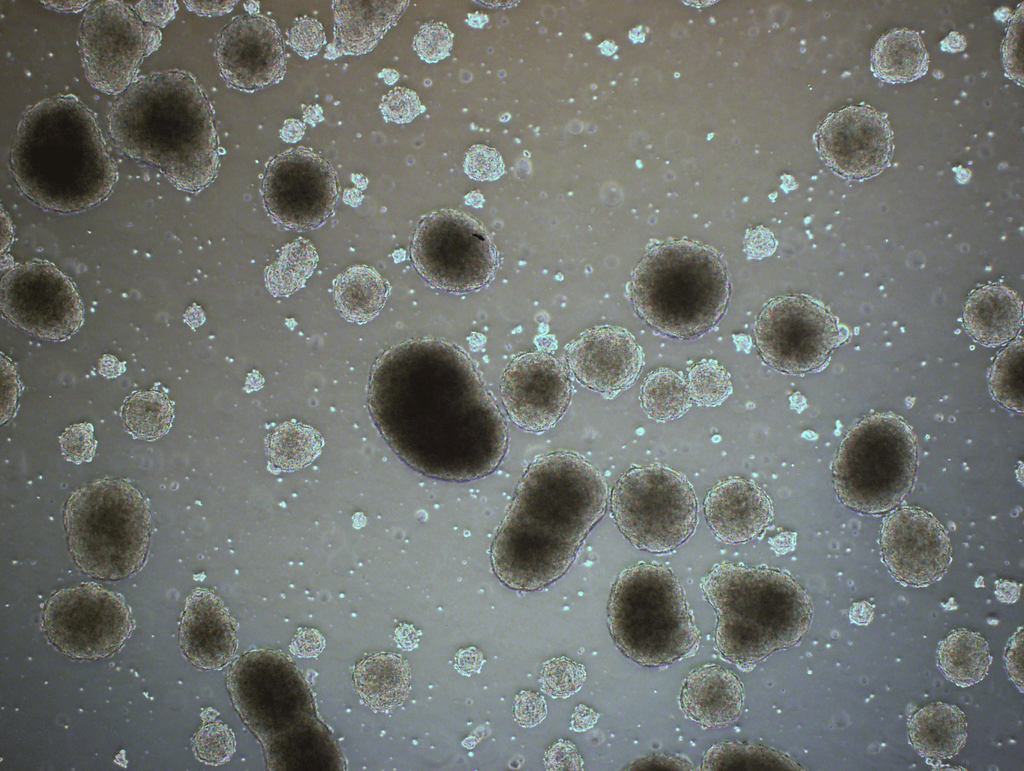Gary Hughes
California Polytechnic State University
NIAC 2016 Phase I Hughes Molecular Composition Analysis of Distant Targets Final Report
Description

We propose a system capable of probing the molecular composition of cold solar system targets such as asteroids, comets, planets and moons from a distant vantage. Our concept utilizes a directed energy beam to vaporize or sublimate a spot on a distant target, such as from a spacecraft near the object. With sufficient flux, our published results indicate that the spot temperature rises rapidly, and evaporation of materials on the target surface occurs (Hughes et al., 2015; Lubin and Hughes, 2015; Lubin et al., 2014). The melted spot serves as a high-temperature blackbody source, and ejected material creates a molecular plume in front of the spot. Molecular and atomic absorption of the blackbody radiation occurs within the ejected plume. Bulk composition of the surface material is investigated by using a spectrometer to view the heated spot through the ejected material. We envision a spacecraft that could be sent to probe the composition of a target asteroid, comet or other planetary body while orbiting the targeted object. The spacecraft would be equipped with an array of lasers and a spectrometer, powered by photovoltaics. Spatial composition maps could be created by scanning the directed energy beam across the surface. Applying the laser beam to a single spot continuously produces a borehole, and shallow sub-surface composition profiling is also possible. Our initial simulations of laser heating, plume opacity, material absorption profiles and spectral detectivity show promise for molecular composition analysis. Such a system has compelling potential benefit for solar system exploration by establishing the capability to directly interrogate the bulk composition of objects from a distant vantage. We propose to develop models, execute preliminary feasibility analysis, and specify a spacecraft system architecture for a hypothetical mission that seeks to perform surface molecular composition analysis and mapping of a near-earth asteroid (NEA) while the craft orbits the asteroid.
Hughes, G.B., Lubin, P., Meinhold, P., O’Neill, H., Brashears, T., Zhang, Q., Griswold, J., Riley, J., and Motta, C. “Stand-off molecular composition analysis,” Nanophotonics and Macrophotonics for Space Environments IX, edited by Edward W. Taylor, David A. Cardimona, Proc. of SPIE Vol. 9616 (Aug, 2015).
Lubin, P. and Hughes, G.B. “Directed Energy for Planetary Defense.” Chapter in: Allahdadi, Firooz, and Pelton, Joseph N. (Eds.), Handbook of Cosmic Hazards and Planetary Defense, Springer Reference, 1127 p., ISBN 978-3-319-03951-0 (2015).
Lubin, P., Hughes, G.B., Bible, J., Bublitz, J., Arriola, J., Motta, C., Suen, J., Johansson, I., Riley, J., Sarvian, N., Clayton-Warwick, D., Wu, J., Milich, A., Oleson, M., Pryor, M., Krogen, P., Kangas, M., and O’Neill, H. (2014). “Toward Directed Energy Planetary Defense,” Optical Engineering, Vol. 53, No. 2, pp 025103-1 to 025103-18 . doi: 10.1117/1.OE.53.2.025103


































